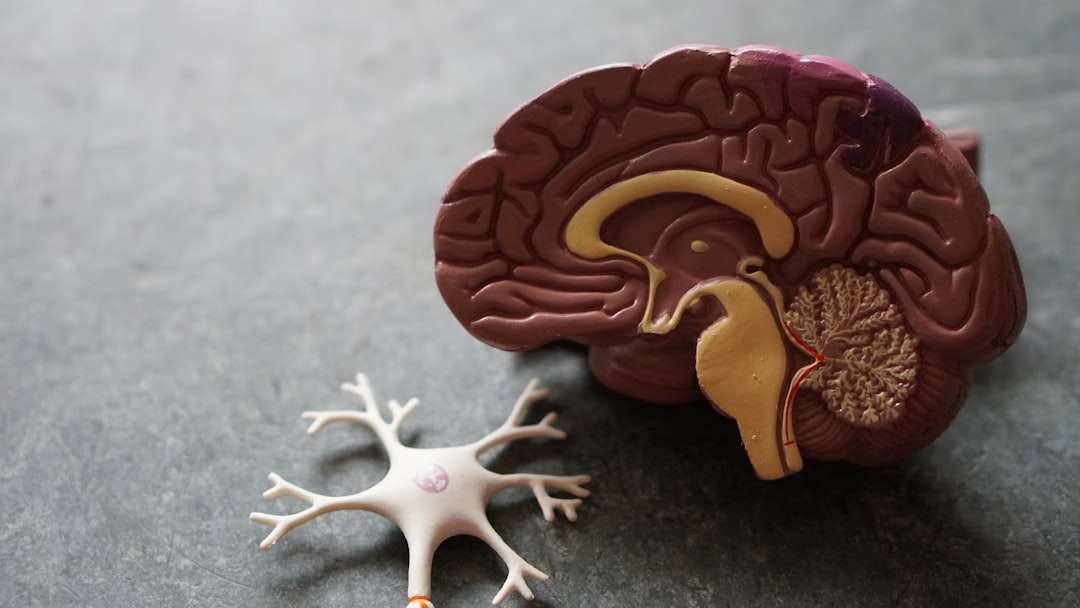What is it about?
BACKGROUND. Clinical changes in female pattern hair loss (FPHL) and male pattern hair loss (MPHL) are characterised by a progressive alteration in the fundamental hair variables (phase of growth, diameter, length, growth rate, and total hair density (hair per cm2, THD). Initially this involves an increase in telogen hairs and in particular, telogen hair <30mm in length, an increase in the vellus hair population (hair <40µm in diameter, <30mm in length), and a reduction in THD[1]. Hair regrowth has been attributed to the reversal of vellus hairs to terminal hairs[2-4], with a significant increase in THD and a significant decrease[5] or no change[6] in the per cent of vellus hairs. However, vellus hair percentages do not reflect the absolute change in the vellus hair population per cm2. EXPERIMENTAL DESIGN. Re-analysis of previously published data. Statistical Analysis - Student t test for paired samples.
Featured Image
Why is it important?
Discussion:- The unit area trichogram is a validated quantitative, hair evaluation methodology employing multiple parameters that define a vellus hair (hairs <40µm in diameter <30mm in length). Originally the percentage of vellus hair in controls, treated and an untreated subjects with FPHL and MPHL was reported[7-9]. However, the significance of the absolute vellus hair count was not appreciated. Re-evaluation of the published works shows that while there was an increase in the mean total hair density there was no change in the absolute mean vellus hairs count per cm2. These findings do not support the hypothesis that vellus hairs are converted to terminal hairs following effective FPHL and MPHL treatment. Terminal follicular hair growth is undeniable in FPHL and MPHL and our data supports a hypothesis that in both conditions, terminal hair follicles enter a period of dormancy between subsequent hair cycles. Effective treatments appear to re-activate these dormant non-vellus hair follicles. There is an intriguing possibility of follicular neogenesis as an alternative hypothesis, which to our knowledge has yet to be fully explored but the paper of Van Neste[10] suggests this would be unlikely.
Perspectives
We would propose there is a population of dormant, non-vellus hair follicles, which are re-activated by effective medical treatments as an explanation for the increased hair growth observed in FPHL and MPHL patients. Future research should look at treatments that might be able to reactivate the dormant follicles. But why terminal hairs converted to a vellus hairs cannot be reversed is an area that requires further investigation following the work of Pinkus in 1978 liked Arao-Perkins elastin-like bodies forming anew underneath each anagen follicle.
Professor D Hugh Rushton
University of Bradford
Read the Original
This page is a summary of: Hair regrowth in male and female pattern hair loss does not involve the conversion of vellus hair to terminal hair, Experimental Dermatology, April 2016, Wiley,
DOI: 10.1111/exd.12945.
You can read the full text:
Contributors
The following have contributed to this page










